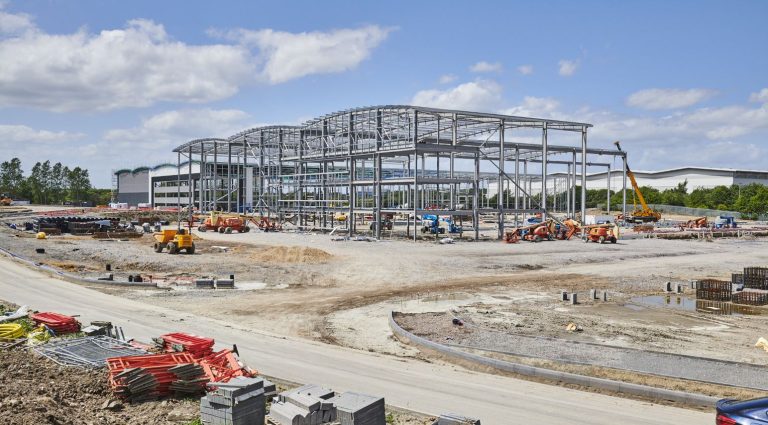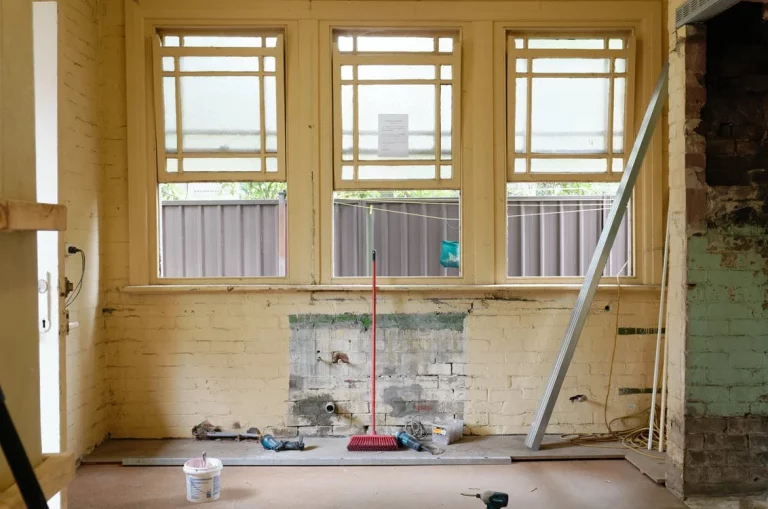An awards ceremony, hosted by HS2 Minister Andrew Stephenson MP, was held in Parliament today (Monday, 4 July) to recognise the outstanding achievements of individuals and businesses supporting the construction of Britain’s new railway. Members of Parliament joined Mr Stephenson for the ceremony, which shone a light on those who are going the extra mile to ensure that the project raises the bar for equality, diversity and inclusion and leaves a lasting skills legacy. HS2 Minister, Andrew Stephenson MP said: “With almost 25,000 people across 340 sites now supporting HS2’s construction, today is a chance to reflect on the personal achievements of those who are working hard to ensure that HS2 transforms communities and changes lives. I feel privileged to have held the role of HS2 Minister for the last two and half years, and what inspires me most is seeing the work you are all doing on this landmark project. You inspire me and I know you are inspiring others too.” Shortlisted finalists, in eight award categories, were invited to attend the event and the winners were announced as follows: Community Impact award Three projects, designed to improve outcomes for those who live near to HS2’s construction sites, were shortlisted for the community impact award, with the public voting for the overall winner – Costain Skanska joint venture (CSjv). CSjv saw first-hand the devastating effect of rough sleeping in Euston and eager to help, they formed partnerships to help rehouse, reskill and create pathways to support people into employment. The team worked with local charity St Mungo’s to provide temporary accommodation and established the first ever floating homeless hub, based on a construction site, by transforming an empty building into a shelter with beds, wrap around care, food, toiletries and 24 hour security. A new partnership with Buses 4 Homeless (B4H) who refurbish decommissioned London buses and turn them into spaces for eating, sleeping, cooking and learning, led to a three-month pilot at a HS2 site in Acton, where people were housed and supported. Seven of the guests went on to secure full time employment, including four who secured jobs working on HS2. The team’s support for the local homeless community continues today. Apprentice of the Year award (level 3 and below) 25-year-old Divine Makondele, a tunnelling operative apprentice with TG Tunnelling, was announced as the winner. The judges hailed Divine as an inspiration to other young women and credited her determination to follow her dream and play a part in major infrastructure projects. Divine was inspired by the transformational impact of the London 2012 Olympics and sought to follow a career path which would allow her to transform communities and change lives. Apprentice of the Year award (level 4 and above) 21-year-old Sam Arrowsmith, an associate project management apprentice, impressed the judges with his drive to make a fundamental change to the industry. Sam completed his apprenticeship six months early and scored the highest grade amongst his cohort in his final exams. Sam plays an active role in HS2’s volunteer education programmes, inspiring other young people to consider a career in the sector. He was also recognised for his role in HS2’s Back to Better programme, which sought to ensure the safety of staff working across construction sites during the pandemic. Skills Legacy award HS2’s construction partner, Balfour Beatty VINCI (BBV) scooped the award for the establishment of their Birmingham Skills Academy, which upskills local people ready for employment on HS2 in just 4-6 weeks. BBV’s Skills and Employment team were applauded for the role they have played in bringing together local partners, securing funding and changing the lives of those who have been out of work for an extended period by supporting them into meaningful careers on HS2. STEM Contribution award HS2’s construction partner, Align, received the award for the innovative and original nature of its schools programme, which enables pupils with special educational needs to gain real life experience of working in construction. Align places a strong focus on supporting pupils with disabilities and has developed a close working relationship with the Meadow School in Hillingdon. The judges praised the team behind the project for pushing boundaries and striving to encourage more people with a disability into the sector. Inclusive Leaders award Katherine Grigg, a Construction Manager with HS2’s construction partner Skanska Constrain STRABAG was awarded for her outstanding contribution to inspiring inclusivity. Nominated by her fellow colleagues, Katherine was recognised for the steps she has taken to build a diverse pipeline of talent, ensuring that the unique needs of women and BAME employees are accommodated on site. She was recognised as a person who is striving to inspire change and take the industry forward. Minority-owned Business Champion award SCS Railways was recognised for the role it is playing to build a supply chain that reflects the communities in which they operate. To date, the company has awarded contracts totalling £135m to minority owned businesses in their local area and has placed a strong focus on ensuring small firms have every opportunity to thrive by providing access to free training and business development opportunities. Modern Slavery Prevention award The judges praised VGC Group for their comprehensive and robust approach to addressing the dangers of modern slavery. Chief Operating Officer, Ciara Pryce, has been named one of the top 100 Modern Slavery influencers and the judges felt it was clear from the practices put in place that she is leading the way on this important agenda to tackle hidden labour exploitation.








